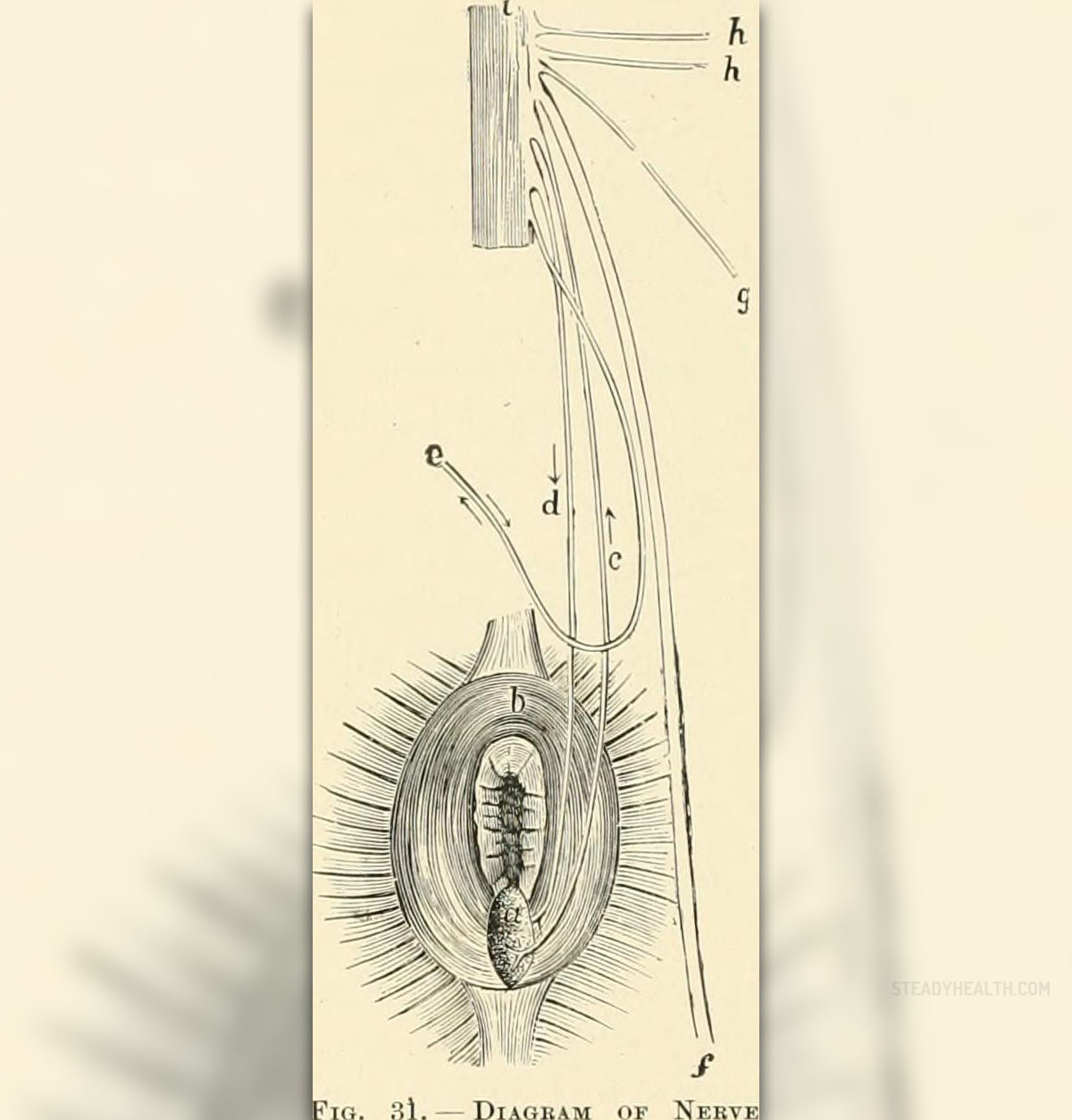
Piles (hemorrhoids) are enlarged and swollen blood vessels (veins) in the rectum which is the terminal part of the large bowel. Besides being treated with certain creams and dietary regimes the surgery is conducted in some cases in order to eradicate the symptoms.
Hemorrhoidectomy is surgical method of removing the piles. It is conducted either in general or spinal anesthesia. The swollen and enlarged veins are tied to prevent bleeding and they are removed with a scalpel or cautery pencil. Even a laser removal is possible. After the stitching the gauze is placed onto the wound. There is even possibility of so called stapling the piles when they are removed without any incision. They are in this case lifted and placed back in the anal canal. The patients are mainly released the same day.
Basically the recovery time lasts 2 to 3 weeks. Pain after the surgery is relived for 6 to 12 hours thanks to the previously administered local anesthetics. Sometimes the urinary retention may develop after the surgery and is caused by the swollen tissue or spasms of muscle in the pelvis. In that case urinary catheters are placed and removed before the discharge.
The pain which is normal after the surgery is relieved by pain killers prescribed by the doctor. Antibiotics are given to prevent possible postoperative infections. Bleeding may occur but it is also common especially if it happens with the first bowel movements. Ice packs or cold compresses may be placed onto the operated area to reduce swelling. If develop muscle spasms may be taken care of by regular soaks in warm water. Stool softeners are recommended for the strain during defecation may result in pile recurrence. The patients are examined after 2 or 3 weeks by the surgeon who conducted the operation.
Hemorrhidectomy is done is cases of extremely large internal piles, internal hemorrhoids which still cause symptoms and are previously treated with non surgical methods, large external piles which lead to great discomfort, presence of both internal and external hemorrhoids. The procedure is also done if the formerly applied rubber band ligation has not succeeded. The chance of piles recurrence is 5% after the hemorrhoidectomy.
Certain early complications of the surgery may involve excessive bleeding from the rectum, blood collection in the operated area, bowel or bladder incontinence, and infection of the operated area. What can also happen is that the stool may be captured in the anal canal (terminal part of the rectum).Late complications include the stenosis of the anal canal, new pile formation, fistulas, or prolapse of the rectum the most serious condition in which the ending of the rectum comes out of the anal opening.

















Your thoughts on this
Loading...